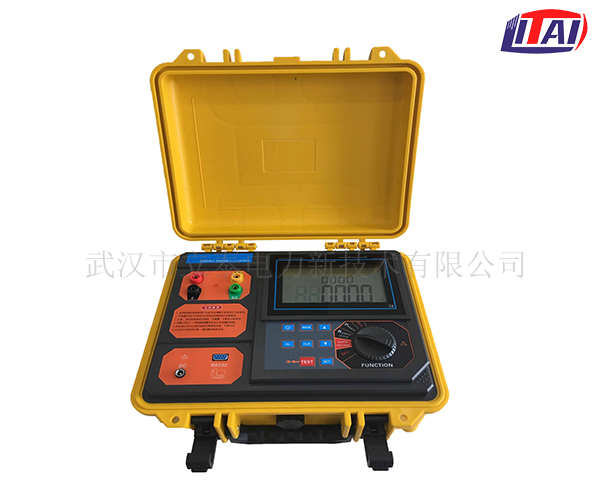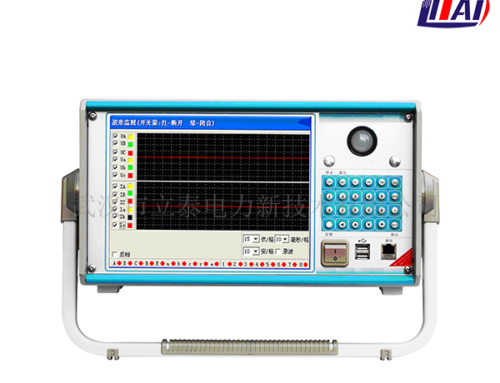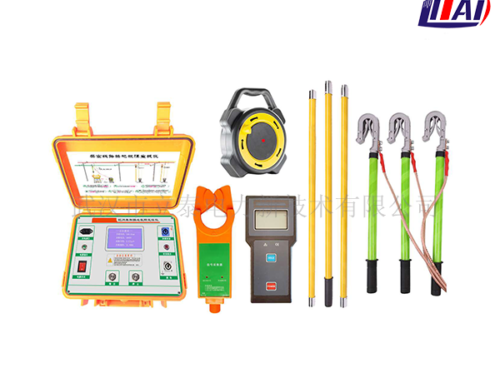
Your Content Goes Here
The traditional grounding resistance measurement method is the voltage-current method. The traditional method must trip the grounding wire and hit the auxiliary grounding pole. The ground electrode to be measured is to be separated from the grounding system; and the voltage electrode and current electrode must be driven into the soil at the specified distance as auxiliary electrodes for measurement.It also belongs to digital clamp on ground earth resistance tester meter.
Using the clamp-type grounding resistance tester to test the grounding resistance value can be read from the LCD screen by just turning the clamp of the clamp meter around the ground wire to be tested.
The accuracy of the clamp ground resistance tester: the accuracy of the traditional test method depends on the position between the auxiliary electrodes and the relative position between them and the grounding body. If the position of the auxiliary electrode is restricted and cannot meet the calculated value, it will cause the so-called distribution error. For the same grounding body, different auxiliary electrode positions may cause the measurement results to have a certain degree of dispersion. And this dispersion will reduce the credibility of the measurement results.
The testing principle adopted by the clamp-on ground resistance tester has been successfully applied abroad for many years. There is no auxiliary electrode when using this method to measure, and there is no error in arrangement. When the test is repeated, the consistency of the results is good.
The relevant state departments have explained the results of the comparison test between the clamp-on ground resistance tester and the traditional voltage and current method that it can completely replace the traditional ground resistance test method and give credible results on the ground resistance value. Many engineering practices have also been recognized by users from different test environments in different industries.
There are no restrictions on using a clamp-on ground resistance tester. Although, from the measurement principle, the clamp ground resistance tester must be used in the case of ground loops, but as long as the user can effectively use your surrounding environment, the clamp ground resistance tester can measure single-point grounding systems.






